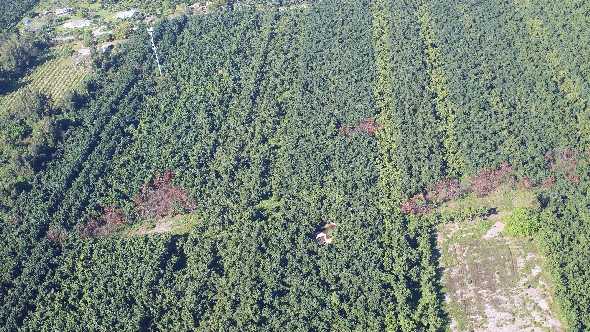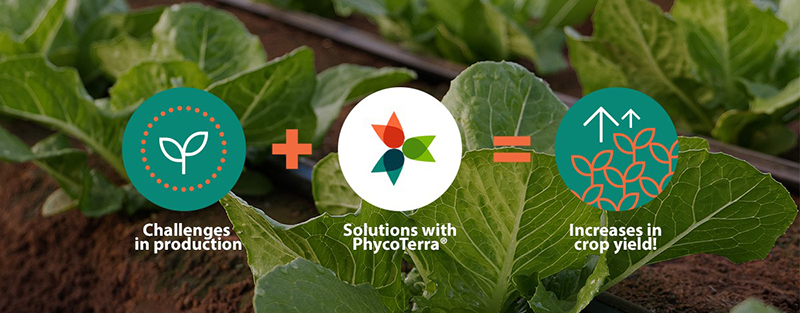Newly Found Algorithm Might Be Key To Saving Ailing Avocado Trees
University of Florida researchers claim to have found an algorithm to help them get the jump on laurel wilt disease, a deadly pathogen threatening Florida’s $100 million-a-year avocado industry.

A view from a low-altitude helicopter shows avocado groves in south Miami-Dade County.
Photo courtesy of UF/IFAS
Reza Ehsani, an associate professor of agricultural and biological engineering, said the algorithm finds laurel wilt-infected avocado trees before symptoms are visible to the naked eye.
About 500 growers produce Florida’s avocado crop annually, and more than 98% of the fruit is grown in Miami-Dade County. UF scientists estimate laurel wilt could severely reduce the commercial avocado industry if they don’t find control strategies for the pathogen and ambrosia beetles, the disease’s vector.
Laurel wilt is spread by redbay ambrosia beetles and among avocado trees through their interconnected roots of avocado trees. The time from infection to tree mortality ranges from four to eight weeks. To prevent spread of the disease, it is important that trees be destroyed as soon as they are affected by the disease.
UF scientists already know they can find infected trees through camera images taken from small planes at low altitudes.
In the study, published in the journal Remote Sensing of Environment, scientists determined the parameters necessary to take the image as well as the factors needed to develop and use the algorithm, said Ehsani.
Researchers will take aerial photos and use the algorithm to analyze the images and create a map that shows the infected avocado tree.
“Knowing the location of infected trees at early stage is very critical in controlling and managing the disease,” Ehsani said. “The goal here was to find the optimal flight height that reduces the flight duration while maintaining the accuracy of detecting infected trees.”
Geometric parameters defined the optimum flight altitude, Ehsani said. Flight altitude defines the image resolution, and there is a tradeoff between image resolution and accuracy. Flying too low provides higher resolution and better accuracy in detecting the infected disease, but also it adds to the flight duration and overall costs of obtaining the aerial image.









